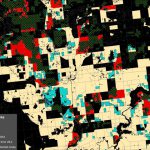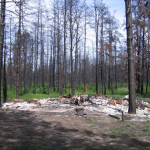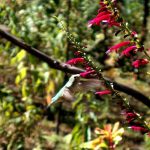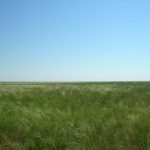Dave Helmers sits down with me and gives the skinny on how he turns U.S. Census data into ecologically relevant products for answering some of the most pressing questions in land-change conservation science.

Fire is now lacking in many ecosystems that require it, yet fire is also a dire threat to lives, homes, and livelihoods. Due to climate and land use change, fire frequency has risen in recent decades, and we study how societies and communities can better live with fire, and where to restore fire regimes.

Dave Helmers sits down with me and gives the skinny on how he turns U.S. Census data into ecologically relevant products for answering some of the most pressing questions in land-change conservation science.

Can we stop fires before they start? Researchers are working to predict fire ignitions.

Professor Sarahy Contreras has been studying hummingbirds in western Mexico for nearly 20 years. Her current project tackles the question of how different frequencies and intensities of post-fires affect hummingbird populations in the Sierra de Manantlan Biosphere Reserve.

Grassland fires in Kalmykia, Russia increased dramatically following the collapse of socialism. Socio-economic changes reduced livestock numbers and therefore grazing pressure on grasslands. Maxim Dubinin analyzed over 20 years of satellite images to quantify this change.